🌿 Loththirapattai Powder (Lodhra Powder) – Symplocos racemosa
Loththirapattai, known as Lodhra in Sanskrit, is derived from the stem bark of the Symplocos racemosa tree, a small evergreen species native to India. Revered in Ayurvedic and Siddha medicine, this herb is celebrated for its multifaceted therapeutic properties, particularly in supporting women’s health.
Description of Loththirapattai (Lodhra) Plant
-
Botanical Name: Symplocos racemosa
-
Family: Symplocaceae
-
Habitat: Indigenous to the Indian subcontinent, thriving in tropical and subtropical regions.
-
Morphology:
-
Height: Typically grows up to 4–6 meters.
-
Leaves: Glossy, ovate to elliptical, arranged alternately.
-
Flowers: Small, white to cream-colored, appearing in racemose inflorescences.
-
Fruit: Small, blue-black drupe.
Therapeutic Properties of Loththirapattai Powder
- Rasa (Taste): Astringent, bitter
- Virya (Potency): Cooling
- Vipaka (Post-digestive effect): Drying
- Dosha Effect: Balances Pitta and Kapha doshas
Medicinal Uses and Benefits
-
Female Reproductive Health:
-
Menorrhagia (Excessive Menstrual Bleeding): Lodhra’s astringent properties help in reducing heavy menstrual flow.
-
Leucorrhea (Excessive Vaginal Discharge): Its antimicrobial and anti-inflammatory effects aid in managing abnormal vaginal discharge.
-
Amenorrhea (Absence of Menstruation): Supports the regularization of menstrual cycles.
-
Polycystic Ovary Syndrome (PCOS): Assists in hormonal balance by increasing female hormones and reducing male hormones, promoting ovulation and menstrual regularity.
-
Digestive Health:
-
Skin Health:
-
Acne and Skin Irritations: Its antibacterial and anti-inflammatory properties help in treating acne and reducing skin irritations.
-
Wound Healing: Promotes faster healing of wounds and reduces scarring.
-
Bleeding Disorders:
Recommended Dosage
- Internal Use: 1–2 grams of Lodhra powder, taken twice daily with warm water or rice water, preferably before meals.
- Topical Application: For skin issues, a paste made from Lodhra powder and rose water can be applied directly to the affected area.
Note: It’s advisable to consult a healthcare professional before starting any new herbal regimen, especially during pregnancy or breastfeeding.
Organic Information
- Source: Wild-harvested from the forests of India.
- Processing: Sun-dried and powdered to retain maximum potency.
- Purity: Free from additives, preservatives, and chemicals.
Cultural and Traditional Significance
Lodhra has been an integral part of traditional Indian medicine systems, especially in the treatment of women’s health issues. Its inclusion in various Ayurvedic formulations underscores its importance in maintaining hormonal balance and overall well-being.
Different Languages
- Sanskrit: Lodhra
- Tamil: Loththirapattai
- Telugu: Lodhra chettu
- Kannada: Lodhra mara
- Malayalam: Lodhra / Loththira
- Hindi: Lodhra
- Marathi: Lodhra
- Bengali: Lodhra
- Gujarati: Lodhra
- Oriya (Odia): Lodhra
- Punjabi: Lodhra
- Assamese: Lodhra
- Sinhala (Sri Lanka): Lodhra
- English: Lodhra / Indian Lodhra
- French: Lodhra
- German: Lodhra
- Spanish: Lodhra
🥗 Nutritional Facts
While precise nutritional analysis of Loththirapattai powder is limited, it is known to be rich in bioactive compounds that contribute to its medicinal properties:
- Tannins & Flavonoids – Provide astringent, antioxidant, and anti-inflammatory effects.
- Alkaloids & Glycosides – Support hormonal balance and antimicrobial action.
- Minerals – Small amounts of calcium, iron, and potassium, aiding tissue health and overall vitality.
- Polyphenols – Help reduce oxidative stress and support skin and digestive health.
- Fiber Content – Mildly supports digestion and bowel regularity.
Loththirapattai powder is primarily used for its herbal therapeutic properties rather than as a major nutritional supplement.
Health Benefits Related to Nutrition
- Digestive Health – Helps reduce diarrhea, bloating, and indigestion.
- Skin Health – Antioxidants and polyphenols promote skin healing and glow.
- Women’s Health – Astringent and anti-inflammatory compounds aid in menstrual regulation and leucorrhea control.
- Immune Support – Phytochemicals help strengthen immunity and protect against infections.
Recommended Dosage
Internal Use:
- Adults: 1–2 grams (approx. ½–1 teaspoon) twice daily with warm water, milk, or herbal decoctions.
- Children: Use only under the guidance of an Ayurvedic practitioner.
Topical Use:
- Mix 1–2 teaspoons with water, rose water, or aloe vera to form a paste.
- Apply to affected skin or wounds 1–2 times daily.
Note: Always consult a qualified Ayurvedic practitioner for long-term use, especially in pregnancy, lactation, or chronic conditions.
🍵 How to Consume Internally
-
Dosage:
-
1–2 grams (approximately ½–1 teaspoon) of Loththirapattai powder, twice daily.
-
Take before or after meals depending on digestive comfort.
-
With Water:
-
With Milk or Herbal Decoction:
-
For Women’s Health:
-
Ideal for menstrual regulation, leucorrhea, and hormonal balance.
-
Continue consistently for 2–4 weeks for noticeable effects.
Topical or External Use
-
Skin Care & Wound Healing:
-
Mix Loththirapattai powder with rose water, sandalwood paste, or aloe vera gel.
-
Apply to acne, minor cuts, or inflammations.
-
Leave for 15–30 minutes, then rinse with clean water.
-
Face Pack for Glow:
How to Store
- Keep in a cool, dry, airtight container to prevent moisture absorption.
- Avoid direct sunlight, as heat can degrade bioactive compounds.
- Shelf Life: Typically 1–2 years if stored properly.
- Use dry spoons to scoop powder to maintain hygiene.
- For long-term storage, consider vacuum-sealed jars or dark glass containers.
⚠️ Caution
- Pregnancy & Breastfeeding: Avoid excessive internal use during pregnancy or lactation unless prescribed by a qualified practitioner.
- Dosage Control: Do not exceed recommended amounts (typically 1–2 grams twice daily), as overuse may cause constipation or excessive dryness.
- Allergic Reactions: Rarely, individuals may develop mild skin irritation or gastrointestinal discomfort. Discontinue use if adverse effects occur.
- Medical Conditions: People with chronic digestive disorders or bleeding abnormalities should consult a healthcare professional before use.
Tips for Use
- Mix with warm water, milk, or herbal decoctions for better absorption.
- For skin applications, combine with rose water, sandalwood paste, or aloe vera for soothing effects.
- Store in a cool, dry, airtight container to preserve potency.
- Prefer freshly powdered bark for maximum efficacy.
- Consistent use over 2–4 weeks yields optimal results for menstrual and skin health.
Harvesting Guidelines
Source: Collect bark from mature Symplocos racemosa trees, ideally 4–6 years old.
Season: Best harvested during the dry season to reduce moisture content and prevent fungal growth.
Method:
- Gently peel bark without harming the tree’s main trunk.
- Avoid overharvesting from a single tree to ensure sustainable growth.
Processing:
- Clean, sun-dry, and shade-dry the bark until brittle.
- Grind into a fine powder using a stone or mechanical grinder.
Storage: Keep in airtight containers, away from sunlight and moisture, for long-term preservation.
Tags/Keywords
Loththirapattai, Lodhra, Symplocos racemosa, Ayurvedic herbs, Siddha medicine, herbal powder, women’s health, menstrual health, menorrhagia, leucorrhea, PCOS support, hormonal balance, reproductive health, skin care, acne treatment, wound healing, anti-inflammatory, astringent herb, Pitta Kapha balancing, natural remedy, organic herbal powder, wild-harvested, sustainable medicine, digestive aid, diarrhea relief, cooling herb, herbal skincare, traditional medicine, Indian medicinal plants, herbal supplement, natural healing, immunity support, antioxidant herb, Ayurvedic formulation, medicinal bark, holistic wellness, plant-based medicine, natural therapy, herbal remedy, forest herbs, eco-friendly herbal, wellness herbs, herbal medicine for women.

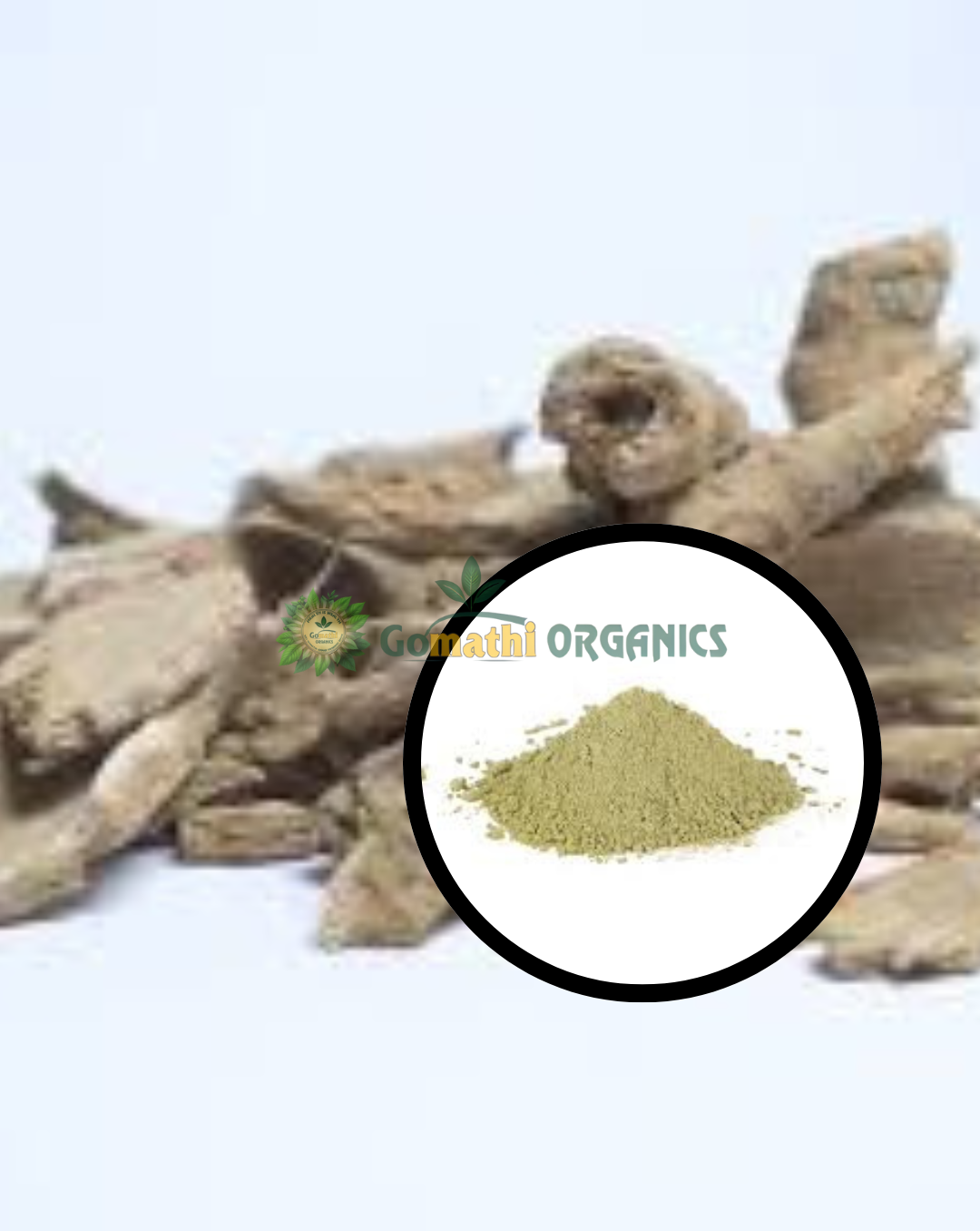
 SCIENTIFICALLY TESTED & COMPLETELY SAFE. SUITABLE FOR VEGETARIANS. NOT TESTED ON ANIMALS/NO ANIMAL INGREDIENTS. NO KNOWN SIDE EFFECTS. COMPLETELY SAFE. NON-TOXIC. FREE FROM HEAVY METALS
SCIENTIFICALLY TESTED & COMPLETELY SAFE. SUITABLE FOR VEGETARIANS. NOT TESTED ON ANIMALS/NO ANIMAL INGREDIENTS. NO KNOWN SIDE EFFECTS. COMPLETELY SAFE. NON-TOXIC. FREE FROM HEAVY METALS 

 The Food and Drug Administration has not evaluated these Statements. This product is classified as an “Herbal Food Supplement” and is not designed to diagnose, treat, cure, or prevent any disease. If you have any underlying health conditions, please consult a healthcare professional before using this product
The Food and Drug Administration has not evaluated these Statements. This product is classified as an “Herbal Food Supplement” and is not designed to diagnose, treat, cure, or prevent any disease. If you have any underlying health conditions, please consult a healthcare professional before using this product 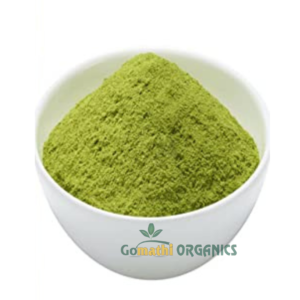
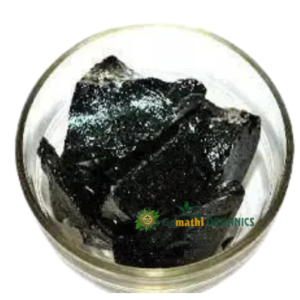
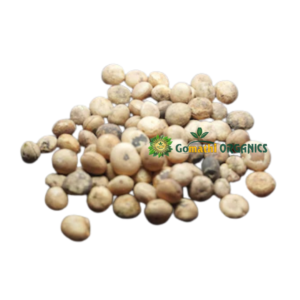
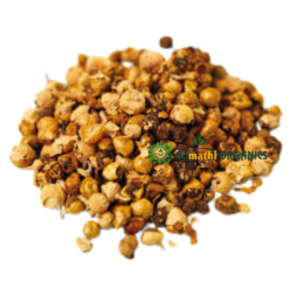
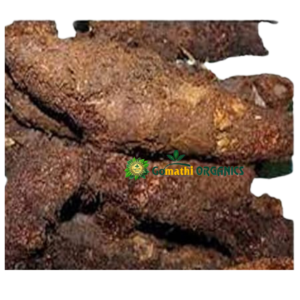
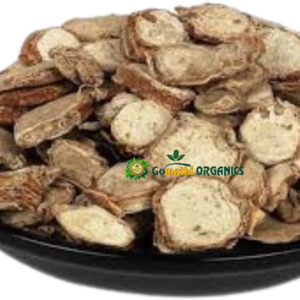

Reviews
There are no reviews yet.